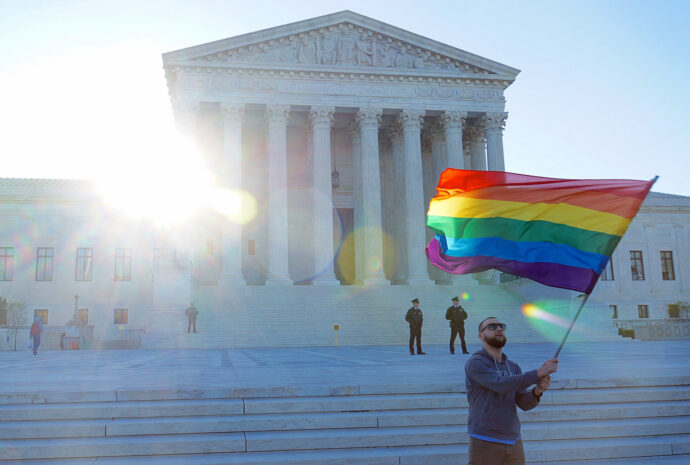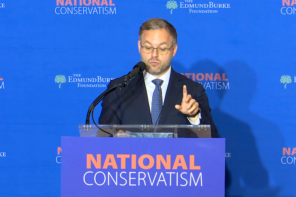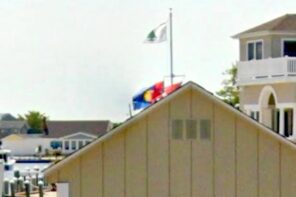Key among the concerns expressed by the Supreme Court’s Catholic justices in Tuesday’s hearings on same-sex marriage was the idea that the court would change the definition of marriage as it has existed for “millennia.”
“This definition [of traditional marriage] has been with us for millennia. And it’s very difficult for the court to say, ‘Oh, well, we know better’,” Justice Anthony Kennedy said.
“Every definition that I looked up, prior to about a dozen years ago, defined marriage as unity between a man and a woman as husband and wife,” said Chief Justice John Roberts.
“As far as I’m aware, until the end of the 20th century, there never was a nation or a culture that recognized marriage between two people of the same sex,” Justice Samuel Alito said.
Apart from Justice Ginsburg’s argument that until recently patriarchal marriage was the norm, what these justices are missing are the profound revisions that the definition of marriage has undergone at the hands of the Catholic Church.
According to historian John Boswell, for the first millennium of its existence the Catholic Church had no “coherent or obligatory liturgical tradition” regarding marriage. In fact, he says, “for its first thousand years Christianity required nuptial blessings only for priests; for the laity, an ecclesiastical ceremony was an honor, only permitted to those being married to their own (free) class the first time.”
The church’s teaching, in line with long-standing pagan practice, was that “the couple married each other: the church at most witnessed and blessed (as it blessed everything from fields to swords),” says Boswell.
The church began to regularize the procedure for marriage in the twelfth century, consisting of a betrothal, which was a promise to marry expressed before witnesses; the reading of the banns in the parish church (to ensure there were no objections, such as a prior commitment); and the couple solemnizing their union by exchanging consent at the church door. This was followed by consummation, which is what made the marriage indissoluble.
But even marriages that didn’t follow this form were valid, according to historian Jack Goody. “The betrothal followed by intercourse became marriage, even without being solemnized in church,” he wrote, noting that in the English city of Ely, some 70 percent of marriages were still private in the late 1300s. Only with the Council of Trent (1545–1563) “did the Catholic Church finally manage to impose its authority in this sphere by invalidating marriages that had not been performed in public before a parish priest.”
So the modern, Western form of marriage as a public union that must be solemnized by an ecclesiastical—or, later, a civil—official that the justices are so worried about upending is some 450 years old. If we’re going simply by the longevity of marital forms to argue against same-sex marriage, the Catholic justices would also have to account for the marriage-by-mutual-consent-solemnized-by-sex model in their deliberations, especially because, as Goody notes, the “notion of mutual consent” and the idea of a couple being bound by genuine affective ties was “intrinsic to the ecclesiastical model of medieval marriage.”
This was due less for concern about the couple’s happiness, or the well-being of any offspring, and more because it allowed the church to counter the secular model of arranged marriage, which focused on parents selecting their children’s marital partners to control patterns of inheritance. It was in the church’s interest to disrupt this secular, parental-controlled system as it “established its position as a power in the land … the largest landowner, a position it obtained by gaining control of the system of marriage.”
The cornerstone of the West’s understanding of marriage “for millennia” has been a relationship of mutual consent bound by deep ties of affection based on a pledge made by individuals to one another. It’s true, of course, that the assumption was of a man and woman, but surely there is room for same-sex couples in this definition? And regardless, it leaves the argument about changing the definition of marriage more than a little hollow.





